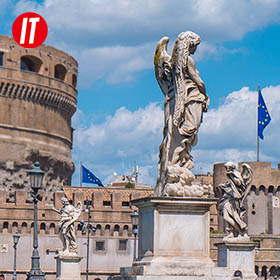
Macau is a world-famous casino city and entertainment center. On December 20, 1999, Portugal ended its centuries-long rule over Macau and the city returned to the People’s Republic of China.
The Historic Center of Macau
Macau was originally a port city in China’s Xiangshan County (around present-day Zhongshan and Zhuhai), in the mid-16th century the Portuguese entered the city and began their occupation of Macau for more than 400 years. In 2005, the Historic Center of Macau was officially inscribed on the World Heritage List, with the Ruins of St. Paul’s, A-Ma Temple, Senado Square, and the Fortress of St. Paul’s, and many other historical sites.

Ruins Of St. Paul's
Symbol of Macau
In 1835, St. Paul's Church in downtown Macau was reduced to ashes by a fire, and all that remains is the front wall, which is the Ruins of St. Paul's. This monument of extraordinary historical significance has become the symbol of the city of Macau today.
Churches in Macau
The influence of Western culture has made Catholicism the most popular religion in Macau, apart from the local faith of A-Ma (Mazu). Western-style churches can be found everywhere in Macau, with the St. Lawrence’s Church, the St. Lazarus’ Church and the St. Anthony’s Church having the longest history.
Casinos and Hotels in Macau
Macau is one of the four largest casino cities in the world, and the gaming industry is one of the most important industries in the region. Macau has a number of luxury hotels that offer gaming services in-house, the most well-known being the Grand Lisboa Macau, The Venetian Macau, Sands Macau, Galaxy Macau and Wynn Macau.

Grand Lisboa Macau
Blooming Lotus Flower
The Grand Lisboa Macau, a large entertainment complex with hotels, casinos, gaming, leisure and dining, is a landmark of Macau with its unique shape and luxurious decoration.

The Venetian Macau
Venice in Macau
The Venetian Macau Resort Hotel, located in the reclaimed city of Cotai between Taipa and Coloane islands, was completed and opened to the public in August 2007. The hotel has 3,000 rooms, and the Grand Canal Shoppes on the third floor is modeled after the streets of Water City Venice.






























